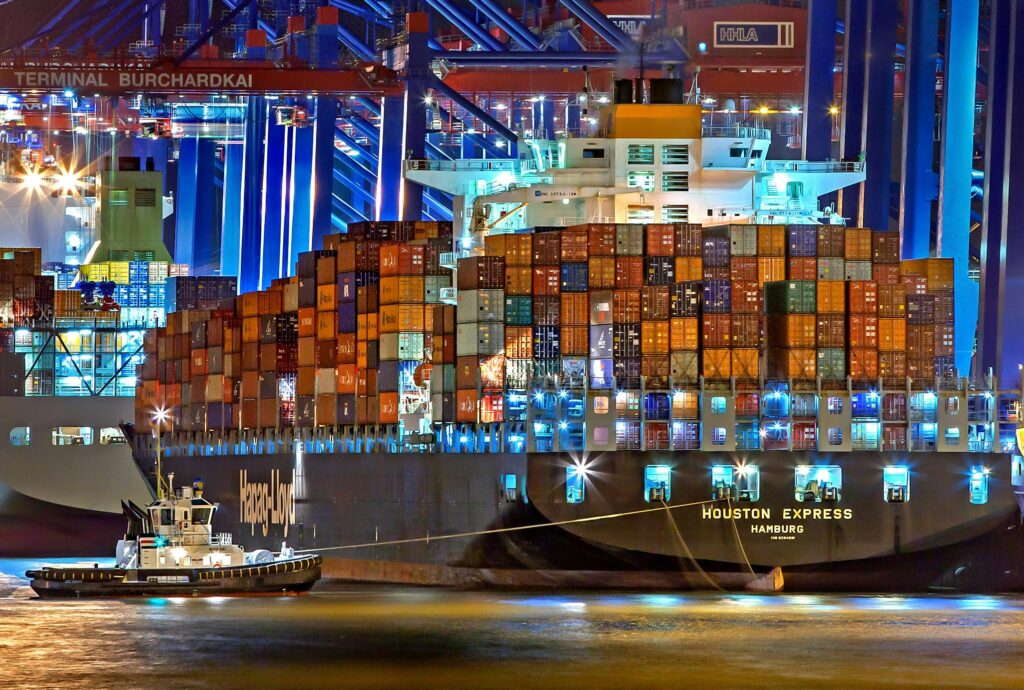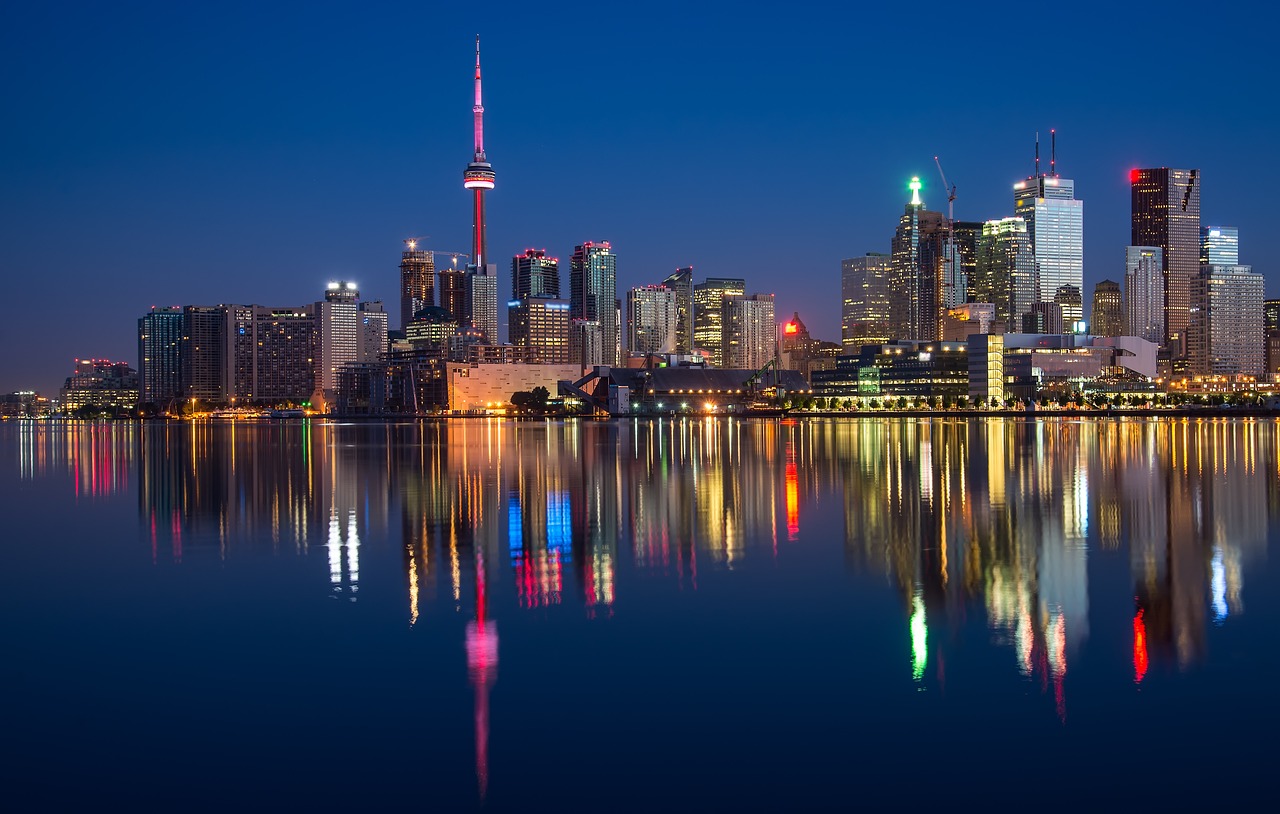The recent tariffs imposed by the United States on Canadian goods have ignited significant tensions between the two nations, with wide-ranging effects on trade, tourism, and economic relations. As Canada retaliates, the ripple effects are being felt in both countries, affecting businesses, travelers, and policymakers alike. In this article, we explore the deeper implications of these tariffs, their impact on tourism, and what the future might hold for U.S.-Canada relations.

Understanding the U.S. Tariffs on Canadian Goods
On February 1, 2025, the United States announced a 25% tariff on a variety of Canadian imports, including oil, gas, and electricity, as well as a 10% tariff on key commodities. In response, Canada imposed equivalent tariffs on U.S. exports such as dairy, oranges, and bourbon. This escalation has led to strained trade relationships between the two historically close allies.
Economic Consequences of the Tariffs
Canada is the largest source of international visitors to the U.S., with over 20 million Canadian tourists contributing approximately $20.5 billion in spending annually. The U.S. Travel Association warns that a potential 10% drop in Canadian travel could lead to:
- 2 million fewer visitors
- $2.1 billion in lost revenue
- 14,000 job losses in the tourism sector
The tourism decline is expected to hit industries such as hospitality, retail, and entertainment the hardest, particularly in states that rely heavily on Canadian visitors.
How Canadian Travelers Are Responding
A recent survey by Leger suggests that nearly 48% of Canadians are now less likely to visit the U.S. due to the tariffs and political tensions. Travel agencies report a spike in cancellations for U.S. trips, with many Canadians opting for domestic vacations or choosing alternative international destinations like Mexico, Europe, and Asia.

Regional Impact: U.S. States Feeling the Pressure
Several U.S. states that traditionally attract large numbers of Canadian tourists are already experiencing economic setbacks:
- Florida, California, Nevada, New York, and Texas are among the hardest hit, as they rely heavily on Canadian tourism.
- Michigan, which shares a border with Ontario, is seeing a sharp decline in tourism-related revenue. Over 1 million Canadians visit Michigan annually, contributing substantially to its $26 billion tourism industry.
With travel hesitancy on the rise, local businesses—including hotels, restaurants, and retailers—are feeling the financial strain.
Beyond Tourism: The Larger Economic and Political Impacts
The tariffs are reshaping Canadian consumer habits and broader trade policies:
- Rise in Canadian Nationalism – A survey by the Angus Reid Institute found that 91% of Canadians want to reduce their economic reliance on the U.S.
- Boycotts on American Products – Many Canadians are shifting away from American goods and services, impacting businesses that depend on cross-border sales.
- Supply Chain Disruptions – The fashion, beauty, and manufacturing industries are reassessing supply chains and exploring local production to offset tariff-related costs.
What’s Next? Potential Resolutions and Trade Negotiations
Recognizing the economic risks, both the U.S. and Canada have entered negotiations to ease trade tensions. A 30-day tariff pause has been introduced, allowing further discussions on potential solutions. However, experts warn that long-term damage to the U.S.-Canada relationship could take years to mend.

Frequently Asked Questions
1. Why did the U.S. impose tariffs on Canada?
The U.S. administration cited national security concerns, border security issues, and economic protectionism as reasons for the tariffs.
2. How are Canadian consumers responding?
Many Canadians are boycotting American products and canceling U.S. travel plans in favor of domestic vacations or international destinations.
3. What sectors are most affected by declining Canadian tourism?
Retail, hospitality, entertainment, and local businesses in tourism-heavy states are facing significant revenue losses.
4. Are there any efforts to resolve the U.S.-Canada trade tensions?
Both governments are engaged in negotiations, and a 30-day tariff pause has been implemented to explore diplomatic solutions.
5. What could be the long-term impact on U.S.-Canada relations?
The tariffs have fueled resentment among Canadians, and many are calling for reduced reliance on the U.S., which could impact trade relations for years to come.
Final Thoughts
The U.S. tariffs on Canadian goods have created ripple effects far beyond just trade policies. From declining tourism to shifting consumer behaviors, the economic consequences are vast and evolving. Whether these tensions can be eased through diplomacy remains to be seen, but one thing is clear—these tariffs are reshaping the U.S.-Canada relationship in profound ways.
Sources The New York Times


